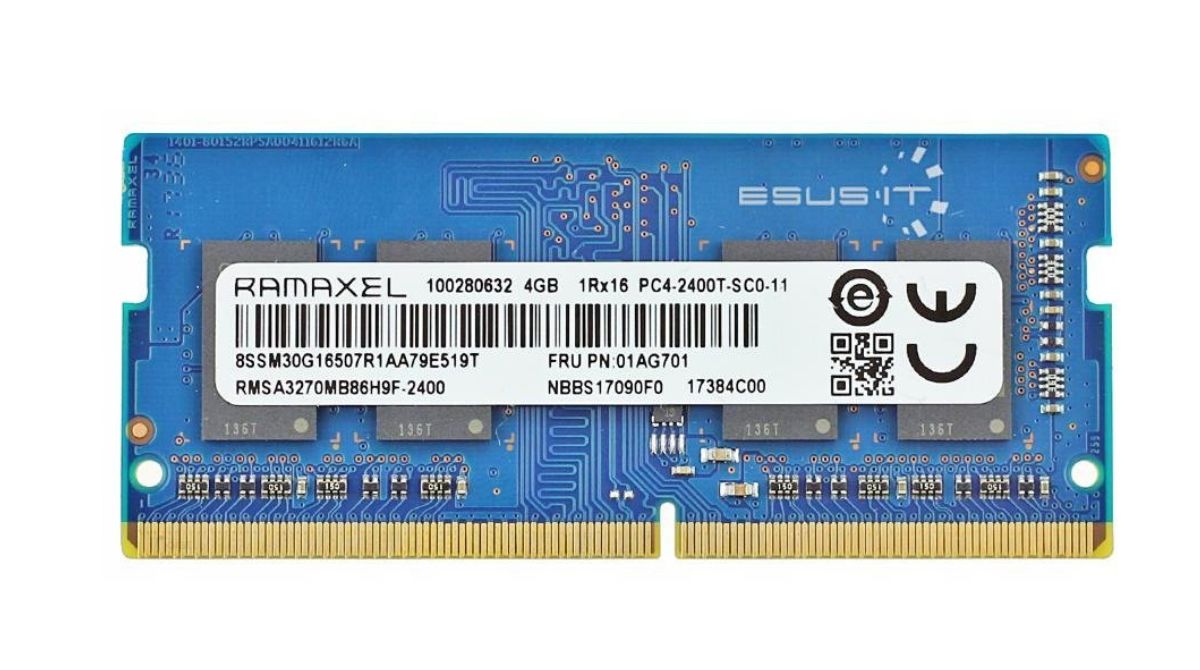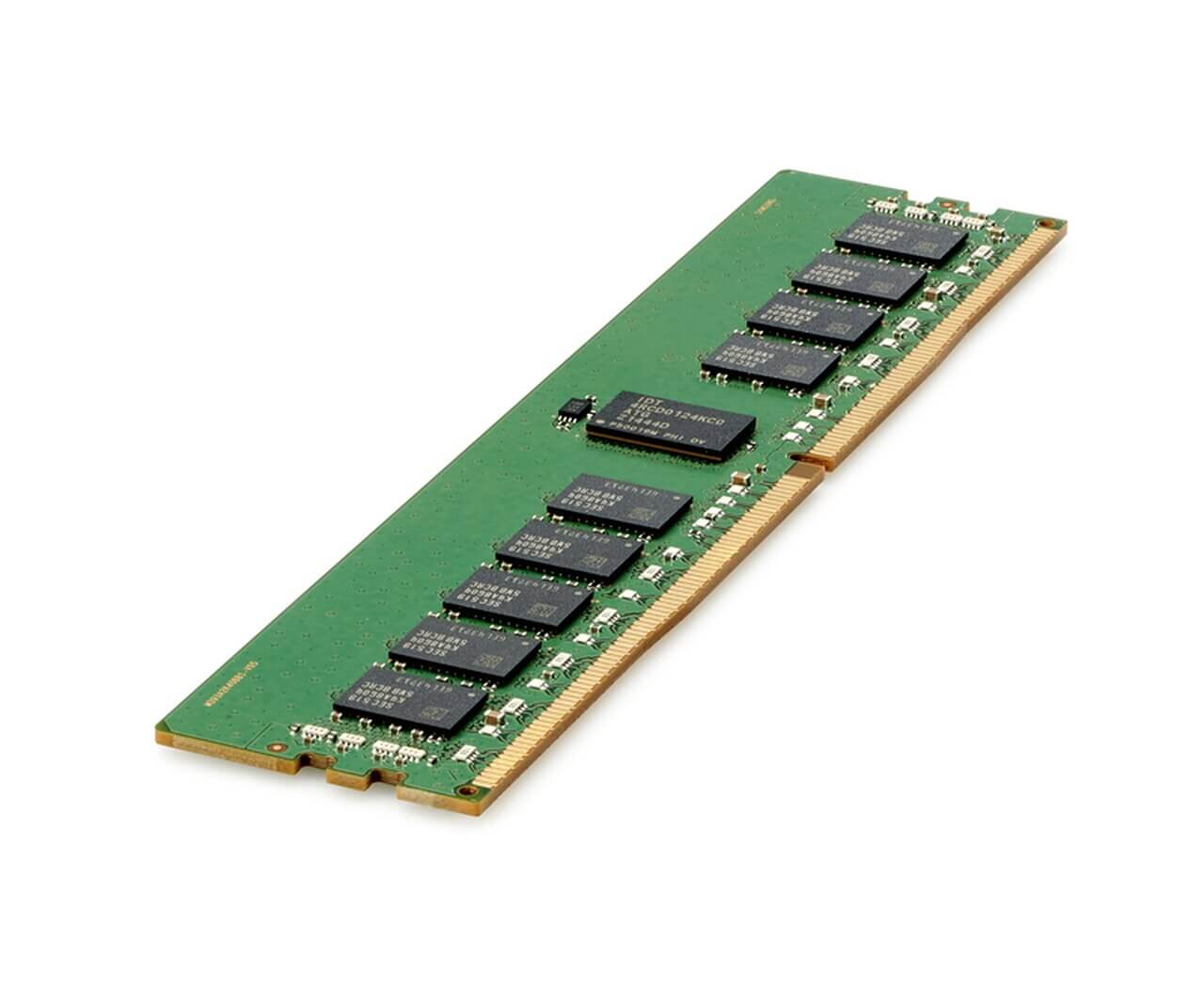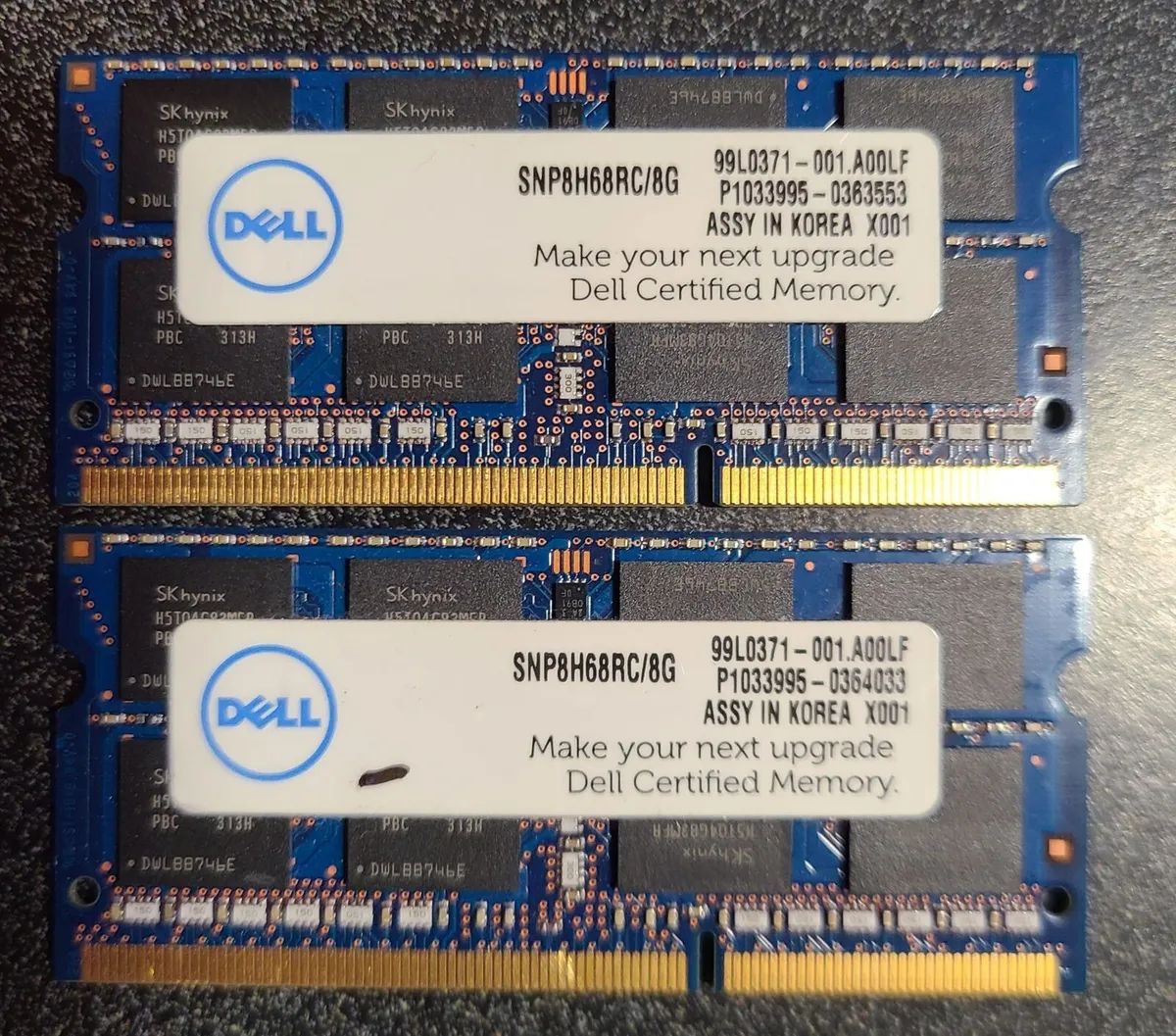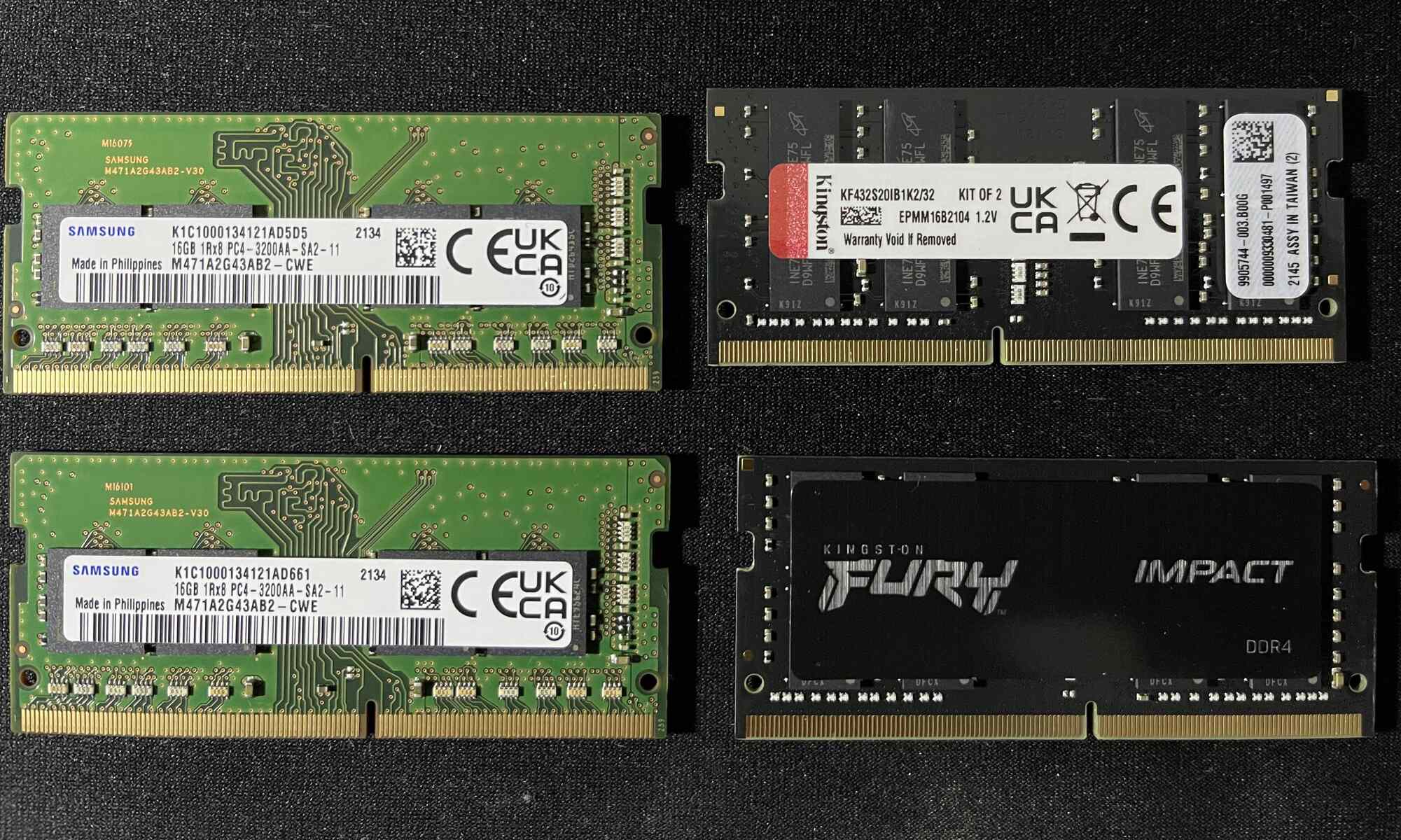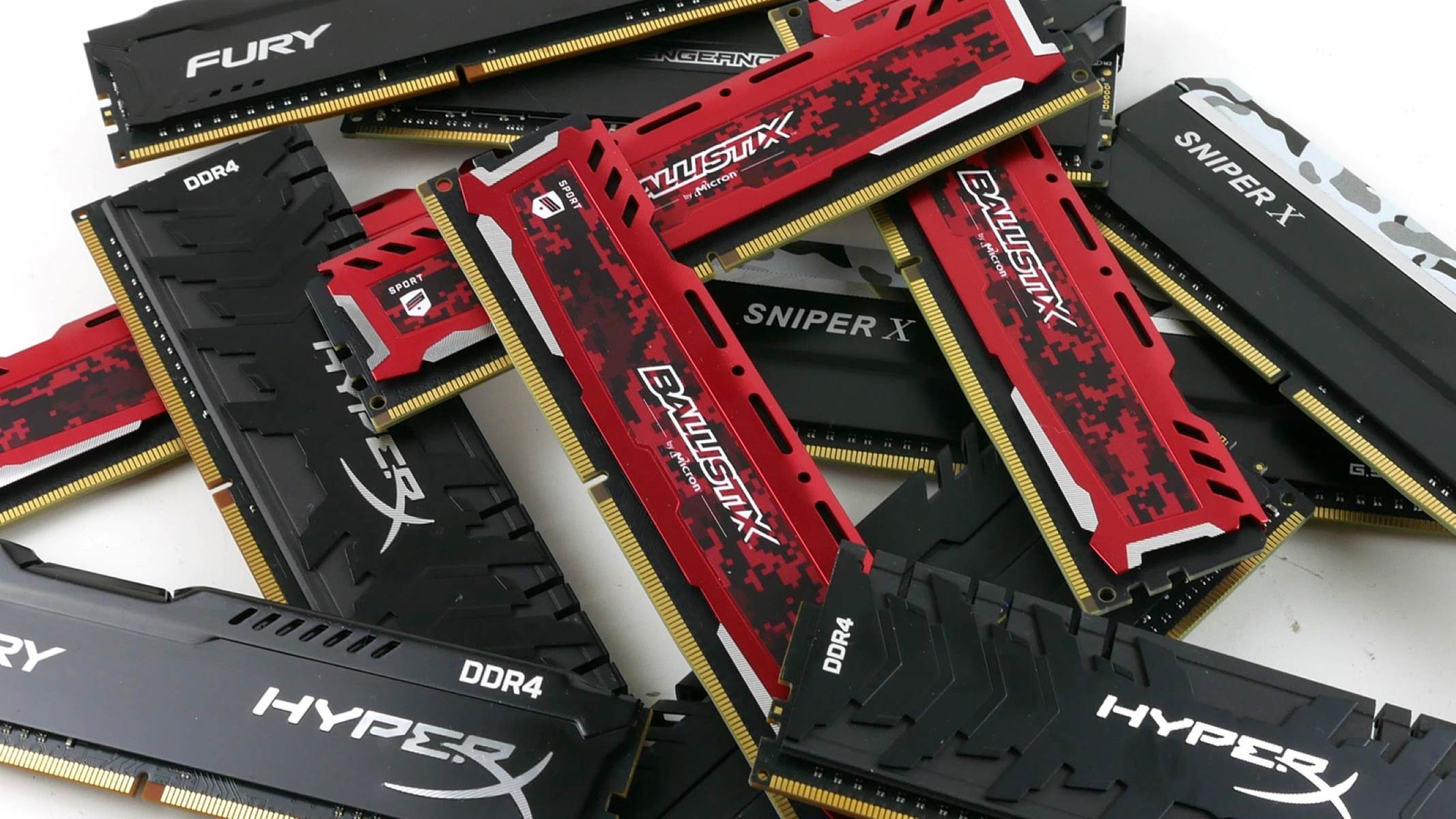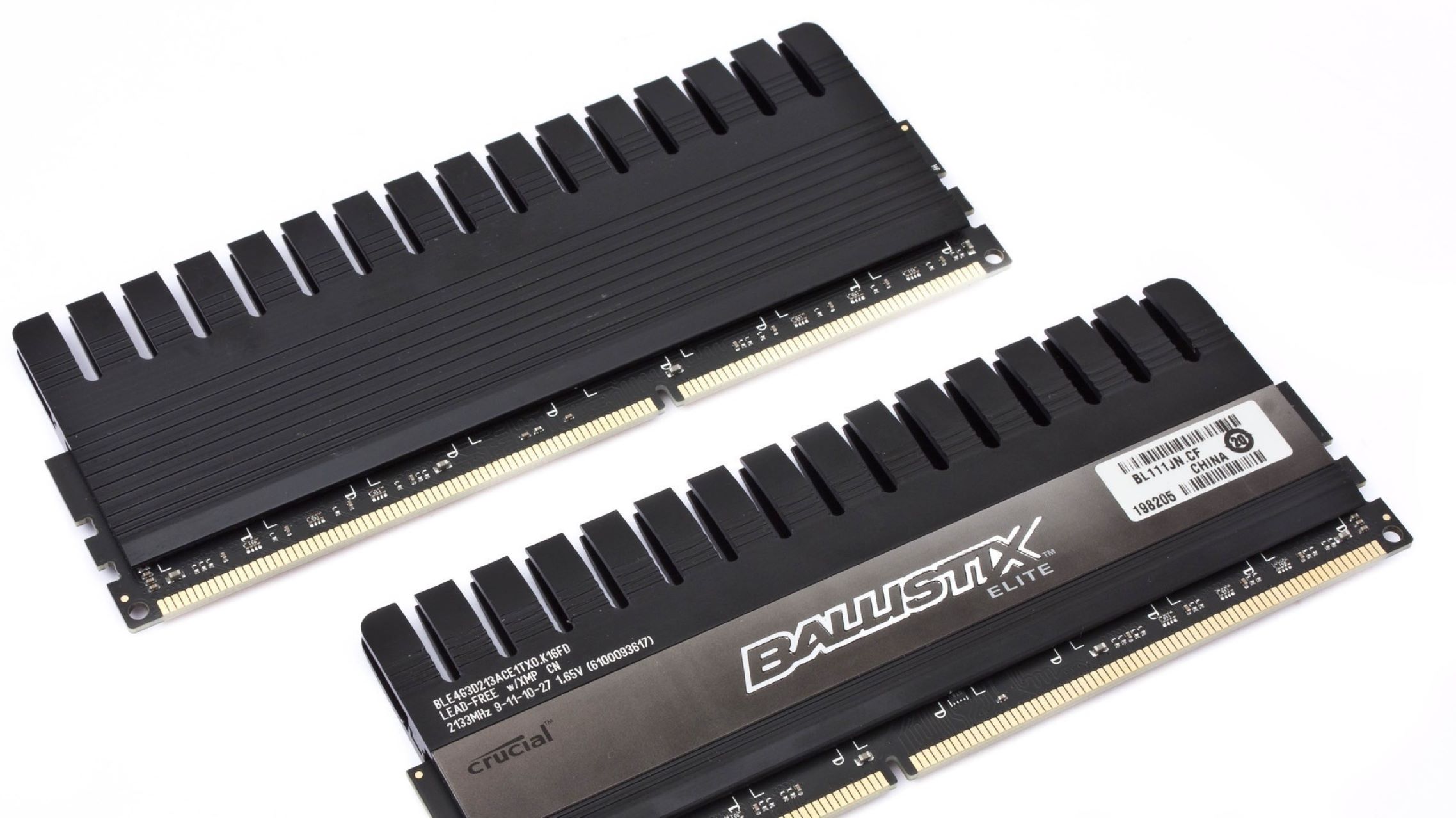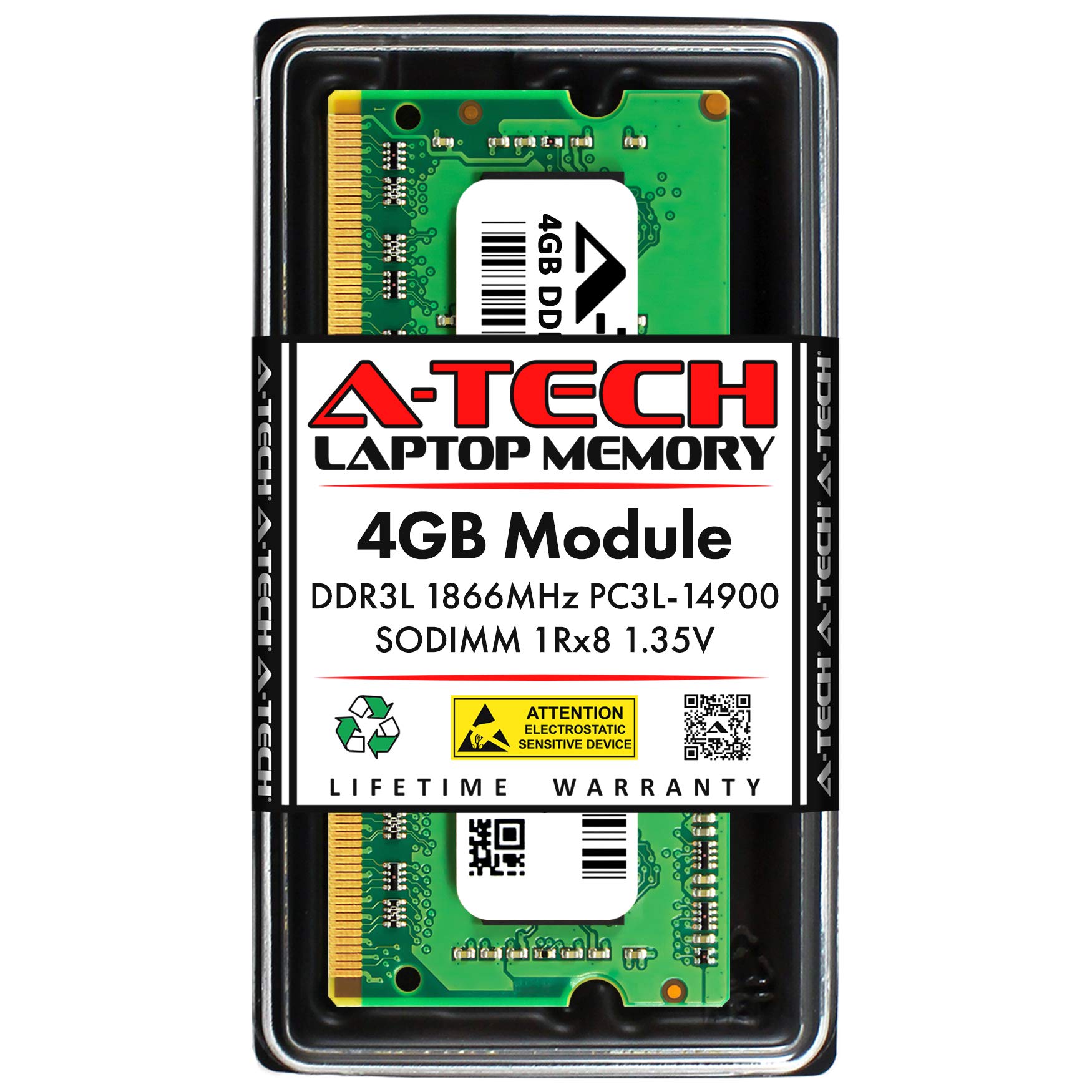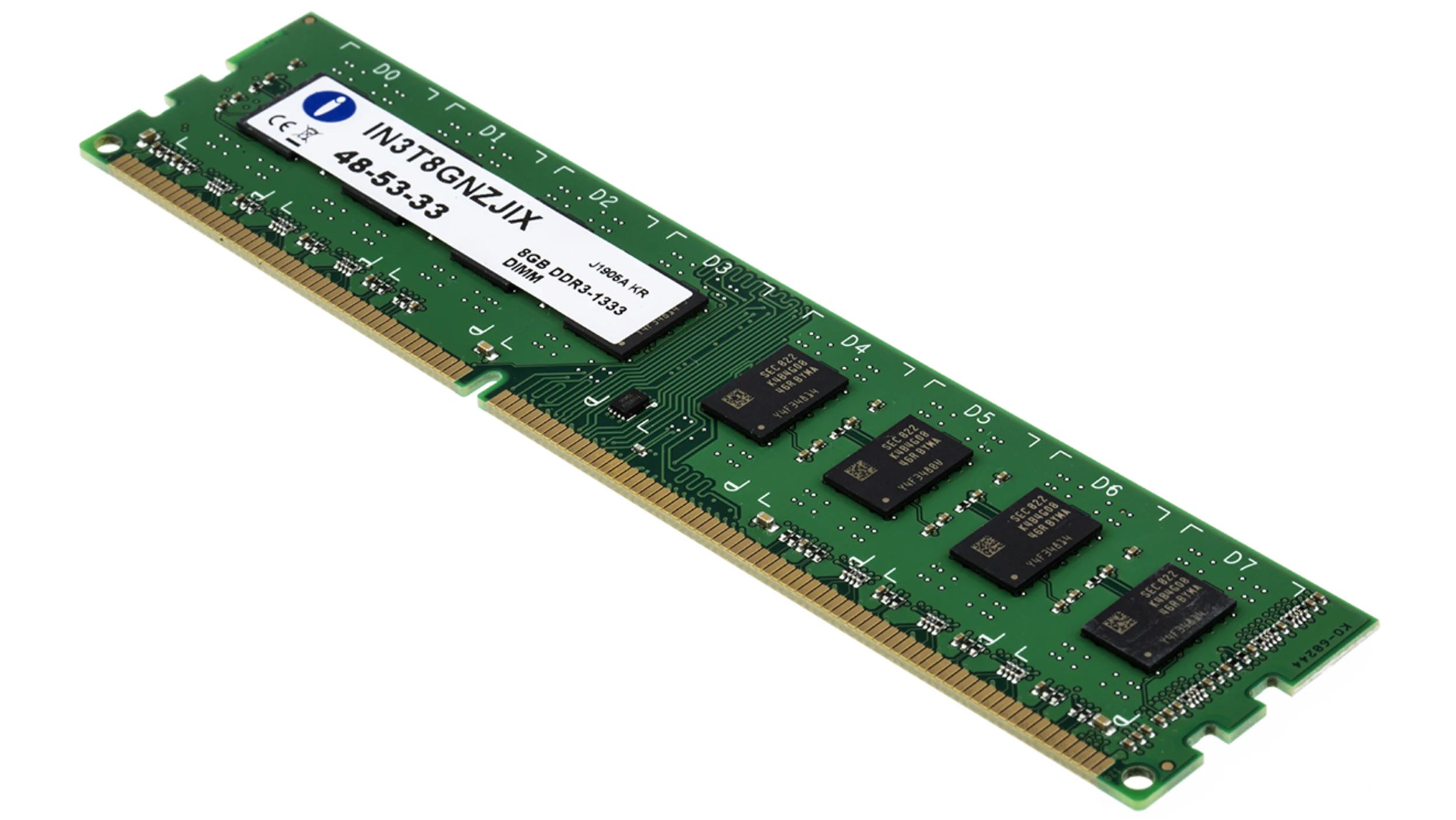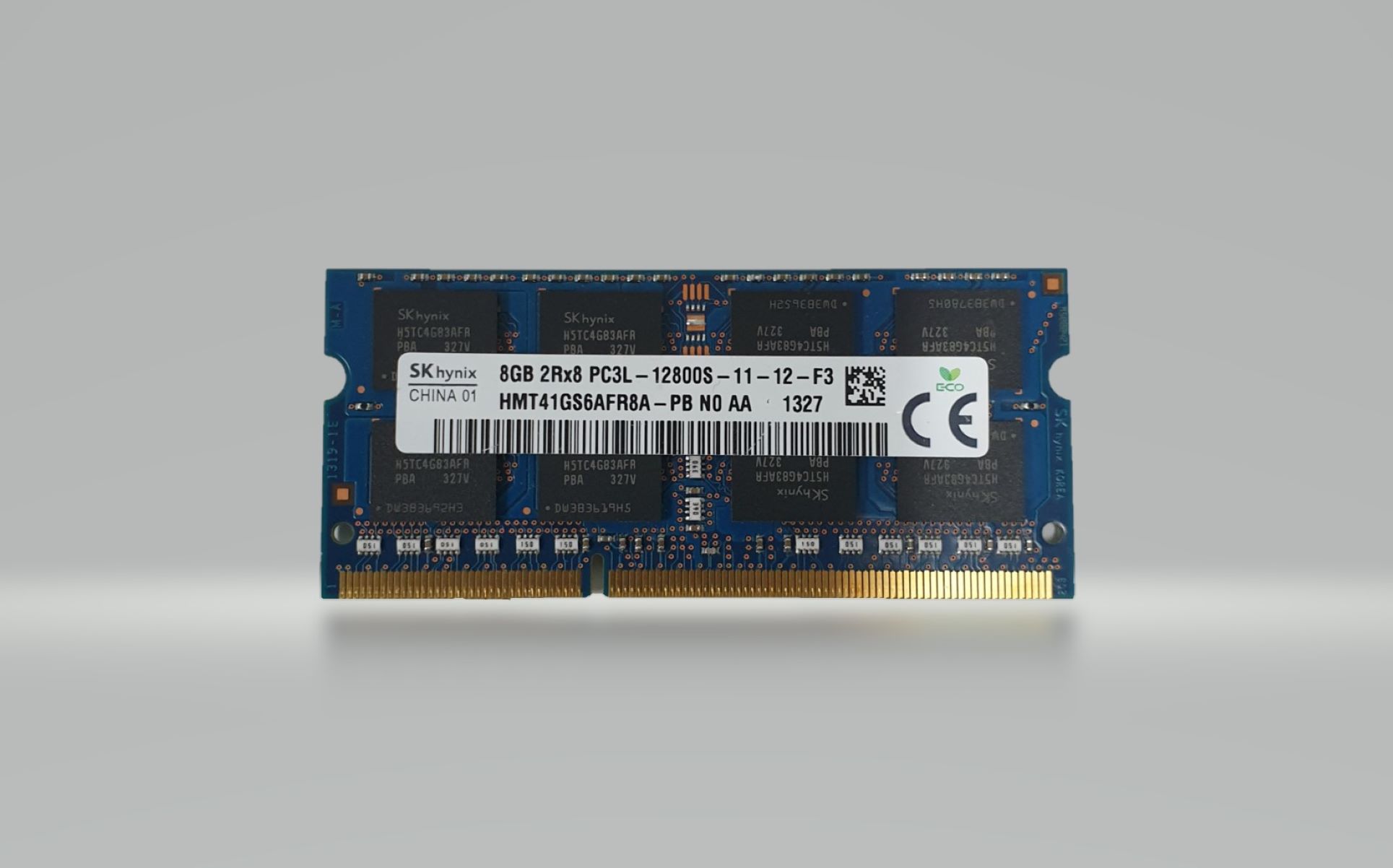Introduction
Welcome to the world of computer memory! When it comes to choosing the right RAM for your system, you might come across different terms like single rank RAM, dual rank RAM, or quad rank RAM. In this article, we will delve into the details of single rank RAM and its significance.
Random Access Memory (RAM) is a vital component in any computer system. It serves as a temporary workspace for the processor to store and retrieve data while running applications. The performance of your computer depends heavily on the type and capacity of RAM you have installed. This is where the concept of single rank RAM comes into play.
Single rank RAM is a memory module that contains a single set of memory chips on each side of the module’s printed circuit board (PCB). It’s important to note that single rank refers to the physical layout of the RAM, rather than the performance. Understanding the characteristics of single rank RAM will help you make an informed decision when it comes to upgrading or building a new system.
Throughout this article, we will explain how single rank RAM works, discuss its advantages and disadvantages, and help you determine whether it is the right choice for your computing needs. So, without further ado, let’s dive into the fascinating world of single rank RAM!
What is Single Rank RAM?
In simple terms, single rank RAM refers to a memory module that has a single set of memory chips on each side of the PCB. These memory chips are organized in a specific configuration, allowing the RAM to handle data storage and retrieval efficiently. Unlike dual rank RAM, which has two sets of memory chips on each side, single rank RAM has a more simplified layout.
The organization of memory chips in single rank RAM provides several benefits. Firstly, it allows for faster data access speeds, as the processor can communicate with a smaller number of memory chips. This results in reduced latency and improved overall system performance. Additionally, single rank RAM is generally more affordable compared to dual rank or quad rank RAM, making it a popular choice among budget-conscious users.
It’s important to note that the term “rank” refers to a logical concept and does not have a direct relation to the physical layout of the memory module. A rank is defined as a set of memory modules that can be accessed independently by the processor. In the case of single rank RAM, there is only one rank per memory module.
A single rank memory module typically contains a certain number of memory chips, with each chip consisting of memory cells that store data. These chips are controlled by a memory controller, which coordinates the read and write operations. The memory controller ensures that the data is accessed and transferred effectively between the memory module and the processor.
Overall, single rank RAM offers a simplified and cost-effective solution for computer memory needs. Whether you are a casual computer user or a gaming enthusiast, understanding the concept of single rank RAM can help you make informed decisions when it comes to upgrading or purchasing new RAM for your system.
How does Single Rank RAM Work?
To understand how single rank RAM works, let’s take a closer look at its internal functioning. Single rank RAM modules are designed to store and retrieve data in a specific manner, optimizing the performance of the memory subsystem in a computer.
When the processor requires data, it sends a request to the memory controller, which in turn accesses the single rank RAM module. The memory controller determines the location of the requested data within the RAM module, and the necessary signals are sent to the memory chips. The selected memory chip then retrieves the data and sends it back to the memory controller, which transfers it to the processor.
One of the advantages of single rank RAM is its simplified structure, which allows for faster data access. With a reduced number of memory chips compared to dual rank or quad rank RAM, the memory controller can communicate more efficiently. This results in shorter data latency and improved overall system performance.
Another aspect of single rank RAM’s functioning is its organization of memory cells within each memory chip. Memory cells are tiny capacitors that store the data in binary form. In a single rank RAM module, the memory cells are arranged in a specific pattern that maximizes data retrieval efficiency. This optimized arrangement allows for faster reading and writing of data, enhancing the memory module’s performance.
Furthermore, single rank RAM benefits from its compatibility with a wide range of computer systems. It can be used in both desktops and laptops, making it a versatile option. Additionally, single rank RAM is often more affordable compared to other types of RAM, making it an attractive choice for users on a budget.
In summary, single rank RAM works by efficiently storing and retrieving data through its simplified structure and optimized memory cell arrangement. Its compatibility with various computer systems and cost-effectiveness make it a popular choice for many users.
Advantages of Single Rank RAM
Single rank RAM offers several advantages that make it a favorable choice for many computer users. Let’s explore some of the key benefits of using single rank RAM in your system:
- Faster Performance: Single rank RAM modules generally provide faster data access speeds compared to dual rank or quad rank RAM. With a simplified structure and reduced number of memory chips, single rank RAM allows for quicker communication between the memory controller and the memory module. This leads to reduced latency and improved overall system performance.
- Cost-Effectiveness: Single rank RAM is often more affordable compared to other types of RAM modules. If you’re on a budget or looking for a cost-effective solution, single rank RAM provides a great balance between performance and price.
- Broad Compatibility: Single rank RAM is compatible with a wide range of computer systems, including desktops and laptops. Whether you’re building a new system or upgrading an existing one, single rank RAM offers versatility and ease of use.
- Ease of Upgrading: If you have limited slots available for RAM modules in your system, single rank RAM can be beneficial. Due to its simplified structure, single rank RAM typically requires fewer slots compared to dual rank or quad rank RAM, allowing for easier upgrading and expansion options.
- Stability and Reliability: Single rank RAM modules are known for their stability and reliability. With fewer memory chips to manage, there is a lower chance of potential errors or instability in the memory subsystem of your computer.
Those are some of the significant advantages of using single rank RAM modules in your computer system. It offers faster performance, cost-effectiveness, broad compatibility, ease of upgrading, and stability compared to other types of RAM modules.
Disadvantages of Single Rank RAM
While single rank RAM has its fair share of advantages, it is important to also consider its limitations. Here are some potential disadvantages of using single rank RAM:
- Lower Memory Capacity: Single rank RAM modules generally have lower memory capacity compared to dual rank or quad rank RAM. If you require a large amount of memory for memory-intensive tasks or applications, single rank RAM might not be the ideal choice.
- Limited Multitasking Performance: Due to the lower memory capacity, single rank RAM may not perform as well when multiple applications or tasks are running simultaneously. It can lead to a decrease in overall system performance during heavy multitasking scenarios.
- Potential Compatibility Issues: Although single rank RAM is compatible with a wide range of computer systems, there might still be cases where compatibility issues arise. It is important to ensure that the single rank RAM module you choose is compatible with your specific system’s requirements.
- Lower Overclocking Potential: Single rank RAM modules may have less overclocking headroom compared to dual rank or quad rank RAM. Overclocking refers to running the memory module at a higher speed than its default specification. If you are someone who wants to push your system’s performance to the maximum, single rank RAM may not be the best choice.
- Less Data Redundancy: In a dual rank or quad rank RAM module, there is redundancy in terms of memory cell access. If a particular rank fails, the other ranks can still provide access to the data. However, with single rank RAM, there is no such redundancy, which means that a failure in a memory cell can lead to data loss or system instability.
These are some potential disadvantages of using single rank RAM. It is important to consider your specific computing needs and requirements before deciding on the type of RAM that suits your system best.
Is Single Rank RAM Right for You?
Now that we’ve explored the advantages and disadvantages of single rank RAM, you might be wondering if it’s the right choice for your computing needs. The answer depends on several factors, including your budget, usage requirements, and system compatibility.
If you’re on a tight budget and looking for a cost-effective RAM solution, single rank RAM can be a great option. It offers good performance at a more affordable price compared to other types of RAM modules. Additionally, if you have limited slots available for RAM modules in your system, single rank RAM’s simplified structure can make upgrading and expansion easier.
However, if you require a large amount of memory for memory-intensive tasks such as video editing, 3D rendering, or virtualization, single rank RAM may not provide the necessary capacity. In such cases, dual rank or quad rank RAM modules might be more suitable, as they offer higher memory capacity and improved multitasking performance.
Another important consideration is the compatibility of single rank RAM with your specific system. While single rank RAM is compatible with a wide range of computer systems, it’s crucial to ensure that it meets the requirements of your motherboard and chipset. Checking the manufacturer’s specifications or consulting with a computer technician can help you determine the compatibility of single rank RAM with your system.
Lastly, if you are someone who enjoys overclocking your system and pushing it to its limits, single rank RAM may not be the ideal choice. Dual rank or quad rank RAM modules typically offer better overclocking potential and can provide higher memory speeds under such scenarios.
In summary, the decision to choose single rank RAM depends on factors such as your budget, usage requirements, system compatibility, and overclocking preferences. It’s essential to carefully consider these factors to determine whether single rank RAM is right for your specific needs.
Conclusion
Choosing the right RAM for your computer is crucial for optimal performance and efficiency. Single rank RAM offers several advantages such as faster performance, cost-effectiveness, broad compatibility, ease of upgrading, and stability. It can be a great choice for budget-conscious users who require reliable and efficient memory solutions.
However, it’s important to consider the limitations of single rank RAM as well. Its lower memory capacity, limited multitasking performance, potential compatibility issues, lower overclocking potential, and reduced data redundancy may make it less suitable for certain computing needs.
To determine if single rank RAM is the right choice for you, assess your specific requirements, budget, and system compatibility. Consider the tasks you frequently perform on your computer and whether you require a larger memory capacity or overclocking capabilities. Additionally, ensure that the single rank RAM module you choose is compatible with your motherboard and chipset.
Overall, single rank RAM is a viable option for users looking for an affordable and efficient RAM solution. It provides the necessary performance and stability for everyday computing tasks, making it a popular choice among many computer enthusiasts. However, if you have more demanding memory requirements or specific overclocking needs, you may want to explore other options such as dual rank or quad rank RAM modules.
Remember, selecting the right RAM is just one aspect of optimizing your computer’s performance. Pairing it with a compatible processor, motherboard, and other components is essential for a well-rounded and efficient system. So, consider all these factors in conjunction to make an informed decision that fits your computing needs and budget.







